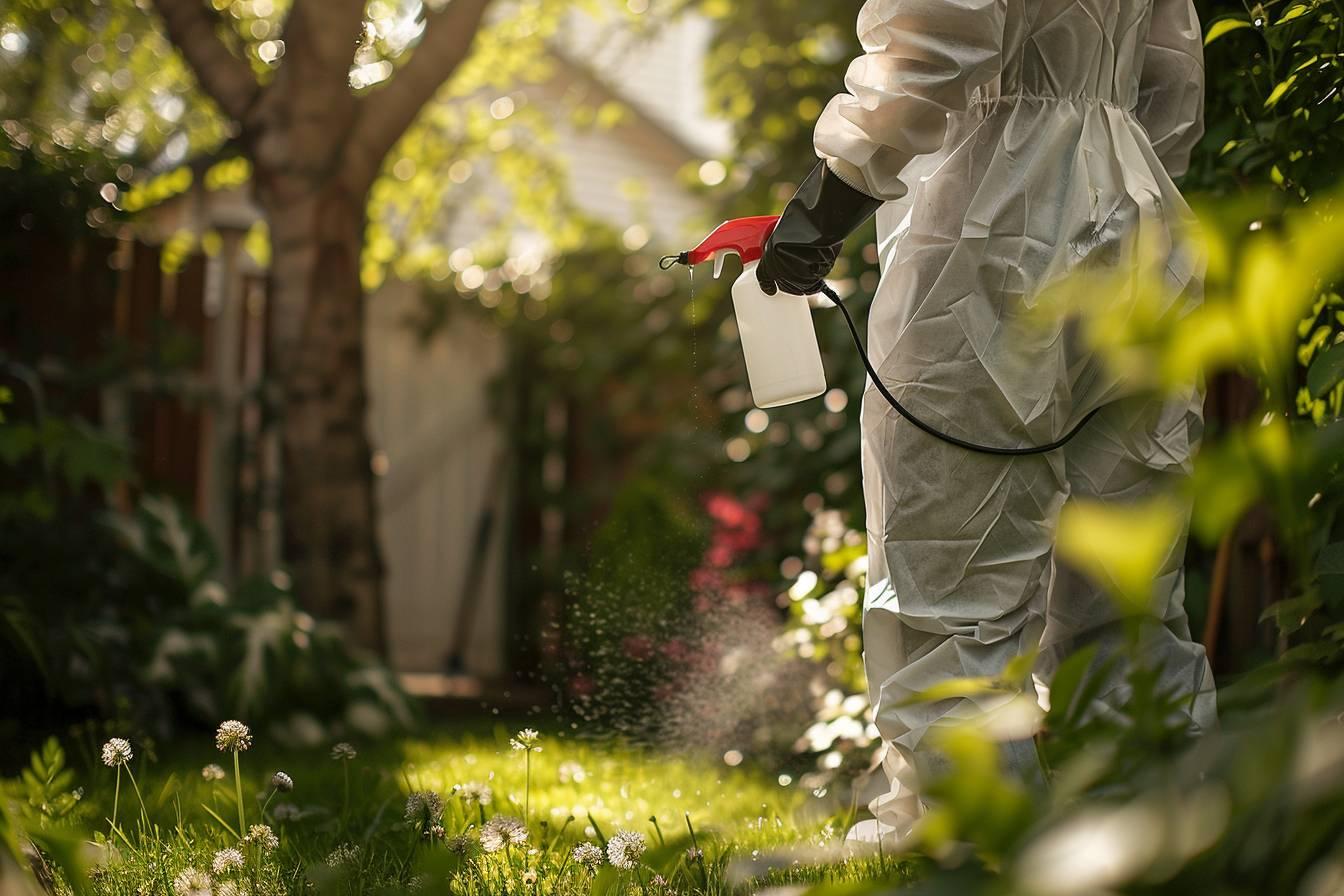Fleas are a common household pest that can cause discomfort for both pets and humans. These tiny parasites can quickly infest your home, leading to itchy bites and potential health risks. This article will explore effective strategies for controlling and eliminating flea infestations in your house, providing expert tips to keep your living space flea-free.
Understanding the flea life cycle
To effectively combat fleas, it’s crucial to understand their life cycle. Fleas go through four distinct stages : egg, larva, pupa, and adult. Adult fleas lay eggs on your pets, which then fall off into carpets, bedding, and furniture. These eggs hatch into larvae, which feed on organic debris and adult flea feces.
The larval stage lasts about 5-11 days before entering the pupal stage. During this time, the flea develops inside a cocoon, which can remain dormant for several months. Finally, the adult flea emerges, ready to find a host and begin the cycle anew.
Understanding this cycle is essential because different control methods target different life stages. A comprehensive approach addressing all stages is necessary for effective flea control. Here’s a breakdown of the flea life cycle :
- Egg stage : 2-3 days
- Larval stage : 5-11 days
- Pupal stage : 5-14 days (can extend to several months)
- Adult stage : 2-3 months (average lifespan)
By targeting each stage of the flea life cycle, you can effectively break the reproduction chain and eliminate the infestation in your home.
Identifying and treating flea-infested areas
Identifying flea-infested areas in your home is crucial for targeted treatment. Fleas prefer warm, humid environments and are often found in carpets, upholstered furniture, and pet bedding. Look for signs such as small, dark specks (flea dirt) or tiny, fast-moving insects.
Once you’ve identified infested areas, it’s time to take action. Start by thoroughly vacuuming all carpets, rugs, and upholstered furniture. Pay special attention to areas where your pets spend the most time. After vacuuming, immediately dispose of the vacuum bag or contents in a sealed plastic bag outside your home.
Next, wash all bedding, pet beds, and removable fabric covers in hot water. This will kill fleas in all life stages. For items that can’t be washed, consider using a steam cleaner, which can effectively kill fleas and their eggs.
After cleaning, apply an appropriate flea control product to the infested areas. Options include :
- Flea powders
- Flea sprays
- Flea foggers (for severe infestations)
When using these products, always follow the manufacturer’s instructions carefully and ensure proper ventilation. It’s also important to treat your yard, as fleas can inhabit outdoor areas and re-infest your home.
| Treatment Method | Effectiveness | Duration |
|---|---|---|
| Vacuuming | High | Immediate, but requires repetition |
| Hot water washing | Very high | Immediate |
| Chemical treatments | High | 2-4 weeks |

Protecting pets from fleas
Your pets are often the primary target for fleas, so protecting them is crucial in preventing and controlling infestations. Regular flea prevention for pets is essential, even if you haven’t noticed any signs of fleas. There are several effective options available :
Topical treatments are applied directly to your pet’s skin, usually between the shoulder blades. These products typically provide protection for one month and are effective against fleas, ticks, and sometimes other parasites. Popular brands include Frontline and Advantage.
Oral medications are another option for flea control. These come in the form of tablets or chewables and can provide protection for up to three months. Some oral medications, like Comfortis, start killing fleas within 30 minutes of administration.
Flea collars are a long-lasting option, providing protection for up to eight months. Modern flea collars, such as Seresto, are much more effective and safer than older versions.
In addition to these preventative measures, regular grooming and bathing can help detect and remove fleas from your pets. Use a flea comb to check for fleas and flea dirt, particularly around the neck and tail areas. If you find fleas on your pet, consult your veterinarian for the most appropriate treatment plan.
Remember, consistency is key in flea prevention. Set reminders to reapply or readminister flea treatments according to the product’s instructions. By keeping your pets protected, you significantly reduce the risk of flea infestations in your home.
Natural and chemical-free flea control methods
For those seeking alternative solutions, there are several natural and chemical-free methods to control fleas in your home. While these methods may require more effort and frequent application, they can be effective when used consistently.
Diatomaceous earth is a natural, non-toxic substance that can be sprinkled on carpets, pet bedding, and yard areas. It works by dehydrating fleas and their larvae. Ensure you use food-grade diatomaceous earth and wear a mask when applying it to avoid inhaling the fine dust.
Essential oils such as lavender, peppermint, and cedarwood are known to repel fleas. Create a natural flea spray by mixing these oils with water in a spray bottle. However, be cautious when using essential oils around pets, as some can be toxic to animals, especially cats.
Beneficial nematodes are microscopic worms that feed on flea larvae and pupae. They can be applied to your yard to control outdoor flea populations. These nematodes are safe for humans, pets, and plants.
Regular cleaning and vacuuming remain crucial in natural flea control. Pay special attention to dark, humid areas where fleas tend to thrive. After vacuuming, add a few drops of lavender oil to the vacuum bag or canister to help repel fleas.
Here’s a list of natural flea repellents you can try :
- Apple cider vinegar (diluted in water)
- Lemon juice
- Rosemary
- Citronella
- Eucalyptus
While these natural methods can be effective, they may not be sufficient for severe infestations. In such cases, combining natural methods with conventional treatments or seeking professional help may be necessary.
Long-term strategies for flea prevention
Preventing flea infestations is always easier than treating them. Implementing long-term strategies can help keep your home flea-free and protect your family and pets from these pesky parasites.
Maintain a clean environment by regularly vacuuming, washing pet bedding, and keeping your yard tidy. Fleas thrive in cluttered, damp areas, so reducing these conditions can significantly deter flea populations.
Monitor your pets closely for signs of fleas, such as excessive scratching or visible flea dirt. Early detection can prevent a full-blown infestation. Consider using flea traps in strategic locations around your home to catch adult fleas and monitor population levels.
Implement a year-round flea prevention program for your pets, even during colder months. Fleas can survive indoors during winter, so continuous protection is crucial. Consult with your veterinarian to develop a comprehensive flea prevention plan tailored to your pets and lifestyle.
Keep your lawn well-maintained by regularly mowing and removing debris. Fleas prefer shaded, moist areas, so trimming bushes and trees to allow more sunlight can make your yard less hospitable to fleas.
Consider using professional pest control services for regular inspections and preventative treatments. These experts can identify potential flea habitats and apply targeted treatments to keep your home protected.
By implementing these long-term strategies and remaining vigilant, you can create an environment that is inhospitable to fleas, ensuring a comfortable and pest-free home for you and your pets.

